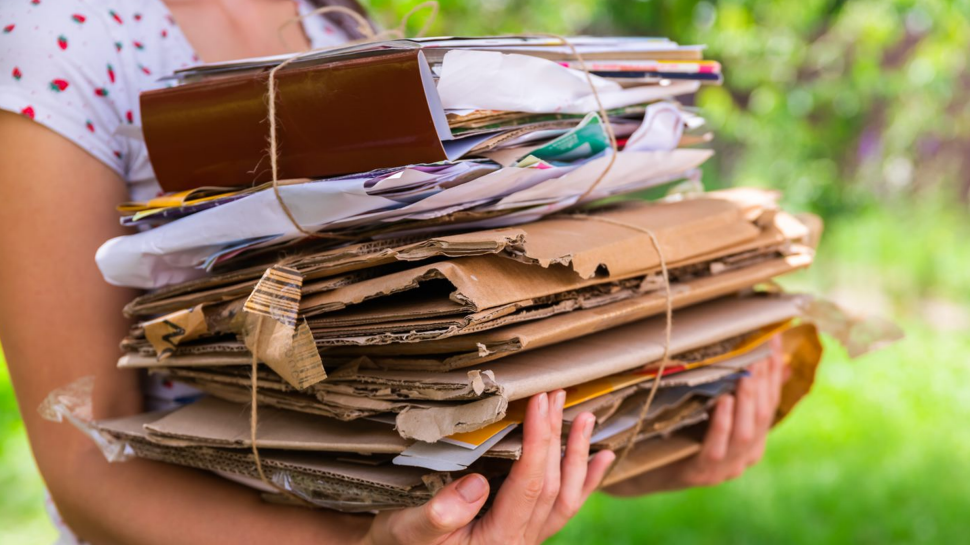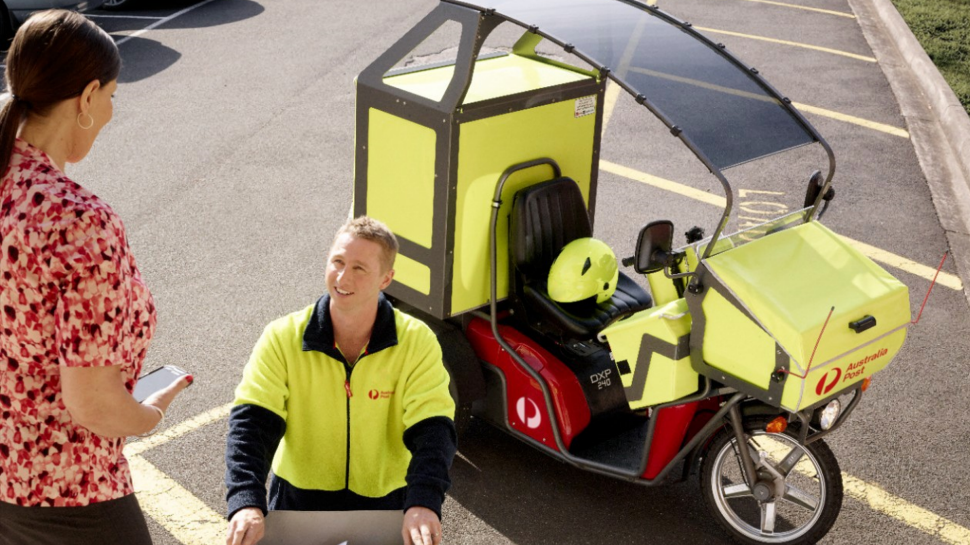A Go-to Guide: What packaging at home can and can’t be recycled
There is no doubt that recycling can lighten your impact on the planet, but knowing what packaging is recyclable takes some learning. From lids on or lids off, to what to do with your online shopping plastic satchels or parcel boxes, we demystify the myths of the recycling bin.

When we recycle, the amount of rubbish sent to landfill is reduced—making for a more sustainable future for all of us.
When we stand in our kitchens, rubbish in hand, it can often be confusing as to which bin to put it in. Can it be recycled or not? Are we relying on myth or fact? Different councils can have different rules as to what can go in your recycling bin. Putting the wrong things in can contaminate it and sentence it to landfill, so it’s always good to check. Here is a general guide to help you recycle your packaging with more confidence.
What packaging can you put in your kerbside recycling bin?
Cardboard
Cardboard gets the tick—toilet rolls, egg cartons, Australia Post branded parcel boxes and more, as long as they’re clean, dry and uncontaminated. Flatten any larger boxes first to make room. Pizza boxes can generally go, as long as they are clean-ish and don’t contain left-over pizza! Just recycle the lid if the bottom is too messy. Unfortunately, no duct tape or waxed cardboard can be accepted. Plus, always remember to pack the contents of the bin loosely.
Paper
Letters, newspapers, junk mail, magazines and office paper (even with the staples) can all be recycled, but make sure any plastic wrapping is removed first. As mentioned above, make sure the bin is packed loosely.
Milk and juice cartons
Plain milk and juice cartons are accepted by most councils but usually must be emptied and packed loosely. Double check first though, especially for long life cartons—these are foil lined and often not accepted by all councils. Check the rules for your local council or nearest recycler by name or postcode.
Glass
Empty glass bottles and jars get the green light. You can leave the labels on, and in most cases the metal lids, too—some councils want you to separate the lid or put lids in the general waste so check first. Make sure your bottles and cans are packed loosely—don’t be tempted to put them in bags or boxes.
Aluminium foil
Rinsed aluminium trays and pie dishes can go in loose. Pieces of aluminium foil can be recycled if scrunched into a ball.
Tins and cans
Aluminium, tin and steel food and drink cans are good to go. Rinse food tins first and pop the opened lid inside. Make sure it is packed loosely.
Plastic
Empty, rinsed plastic food and take away containers (no scraps allowed!), cleaning products and shampoo bottles can go in the recycling bin. Plastic milk and drink bottles are a yes too but check with your council if they accept lids. To add to the confusion, some councils want them to stay on the bottle, some want you to squash the bottle too, and others direct them to the general waste bin. To save recyclers’ volume cost, it’s always a good idea to squash your bottles anyway.
What packaging can’t you recycle in your kerbside recycling bin?
Soft plastics and plastic bags
Soft plastics and plastic bags cannot go in your kerbside recycling, as they can contaminate other recyclable items. For the time being, dispose your soft plastics and plastic bags with your regular home rubbish.
Coffee cups
As much as we wish they did, takeaway coffee cups can’t go in the recycling bin (neither bottom nor most tops) because they have a plastic lining. Simply switch to a reusable cup and when you can’t, recycle disposable cups with Simply Cups.
Polystyrene
Polystyrene foam is a big ‘No’. However, you can recycle foam packaging by finding a recycler near you.
Coffee pods
The process of recycling coffee pods certainly isn’t as smooth as George Clooney. To stop them going into landfill, you can send them to Australia Post in a recycling satchel or find a drop off point near you.
What are the numbers on plastic?
Most plastic packaging will display a Plastic Resin Identification Code. This will be a number from 1-7 marked in a triangle recycling symbol. It is important to know that this indicates the type of plastic it is made from and whether it can be recycled. Some councils will state which numbered plastics they accept in their kerbside recycling, such as rigid or hard plastics 1, 2 and 5. Numbers 3,4,6 & 7 should be doubled checked with your local council. Others will prefer to just state the kind of objects.
What do the symbols mean for recycling?
If you’re unsure, remember to check the Australasian Recycling Label (ARL) before you dispose of your packaging.
What’s an ARL? A label, commonly located on the back of a package, that provides easy-to-understand instructions about how to correctly dispose of all parts of product packaging. Find out more about the recycling signs, icons and symbols, including some examples of what to look out for, to help make recycling easier at home.
Useful information
Planet Ark’s RecyclingNearYou has a host of useful information on exactly what and where you can recycle.
We’re conscious of the environmental impact of packaging.
We’re conscious of the environmental impact of packaging.
That’s why we’re working hard to find solutions that reduce the impact to our environment, while ensuring our packaging is fit for purpose and your parcels arrive safely.


